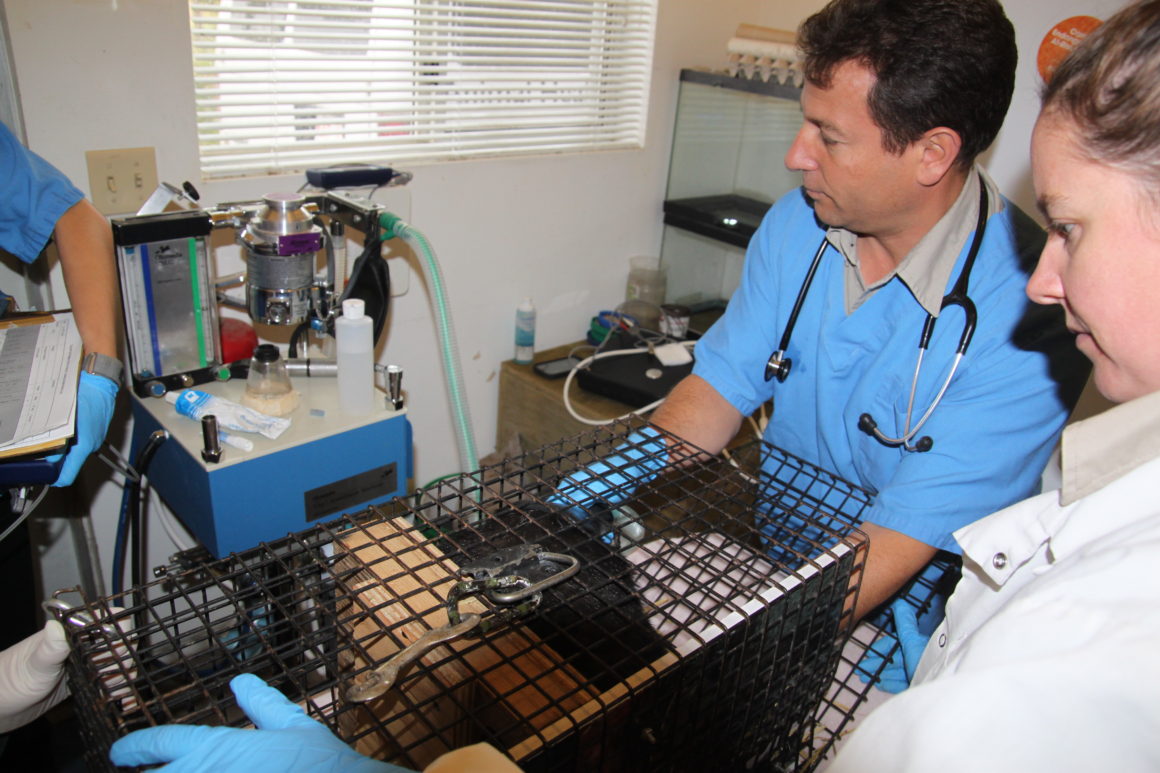
Photo Essay: Calgary Zoo prepares endangered marmots for hibernation
By Sean Willett, September 27 2016 —
At the Calgary Zoo’s Devonian Wildlife Conservation Centre, Vancouver Island marmots are getting ready for bed.
Found only in the mountains of Vancouver Island, these large rodents were nearly driven extinct due to forest clearcutting around their mountain habitats. But thanks to captive breeding efforts and habitat restoration programs, their numbers have risen from under 30 in the wild to over 250 in recent years.
There is still a lot of work to be done, however, and part of this work involves making sure marmots used in captive breeding stay healthy and happy. This is especially crucial during their yearly six-month hibernation — the better the marmot can conserve energy during this time, the better it will be able to rear pups in the spring.
Because of this, staff at the Calgary Zoo work hard each fall to ensure their marmots are ready for their big sleep. The Gauntlet was able to go behind the scenes at the zoo’s off-site conservation facility and document this process first-hand.
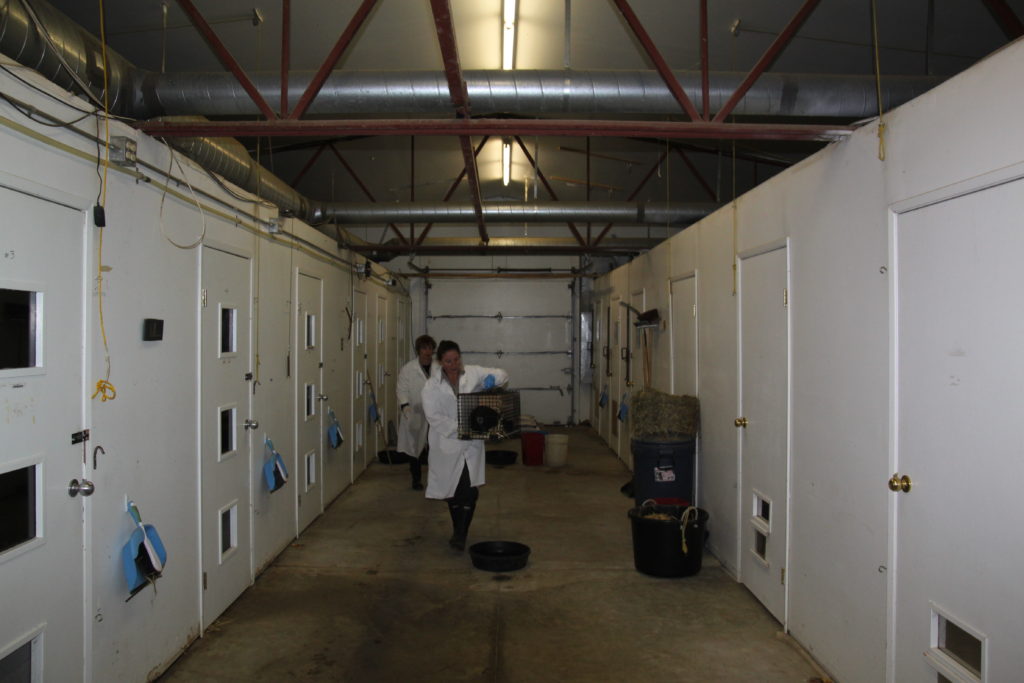
First, the marmot is brought from its enclosure to the examination room using a transport carrier. While marmots aren’t particularly aggressive animals, their large front teeth mean that precautions are still taken to avoid bites.
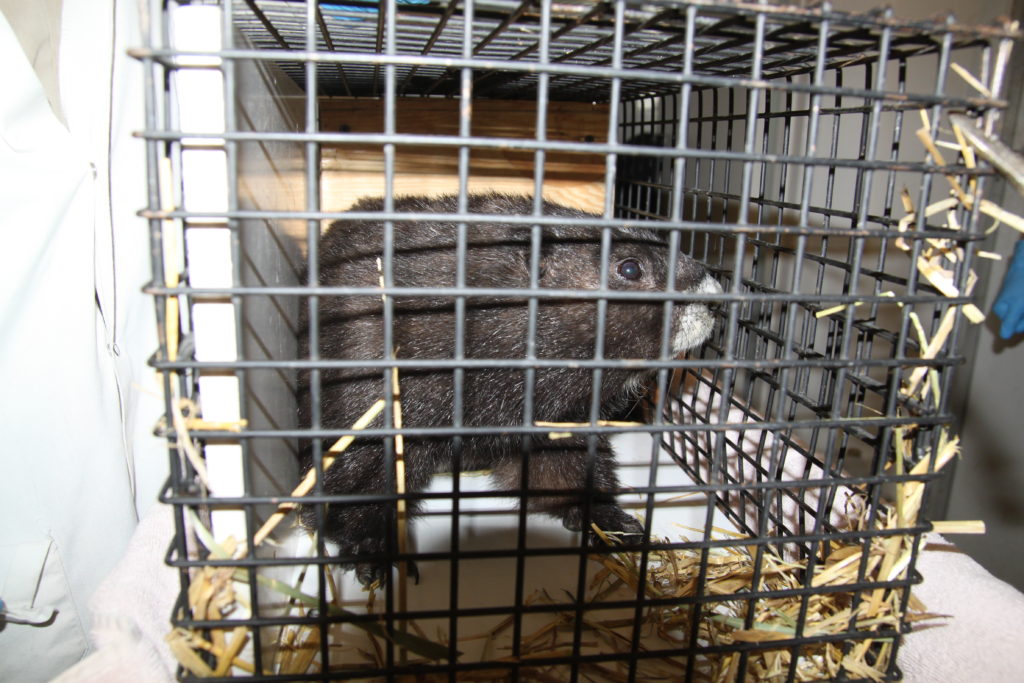
This older female is named Feist, after Canadian musician Leslie Feist. Each generation of marmot pups have themed names — the theme for Feist’s year was famous guitarists. Pups this year will be named after members of the Tragically Hip.
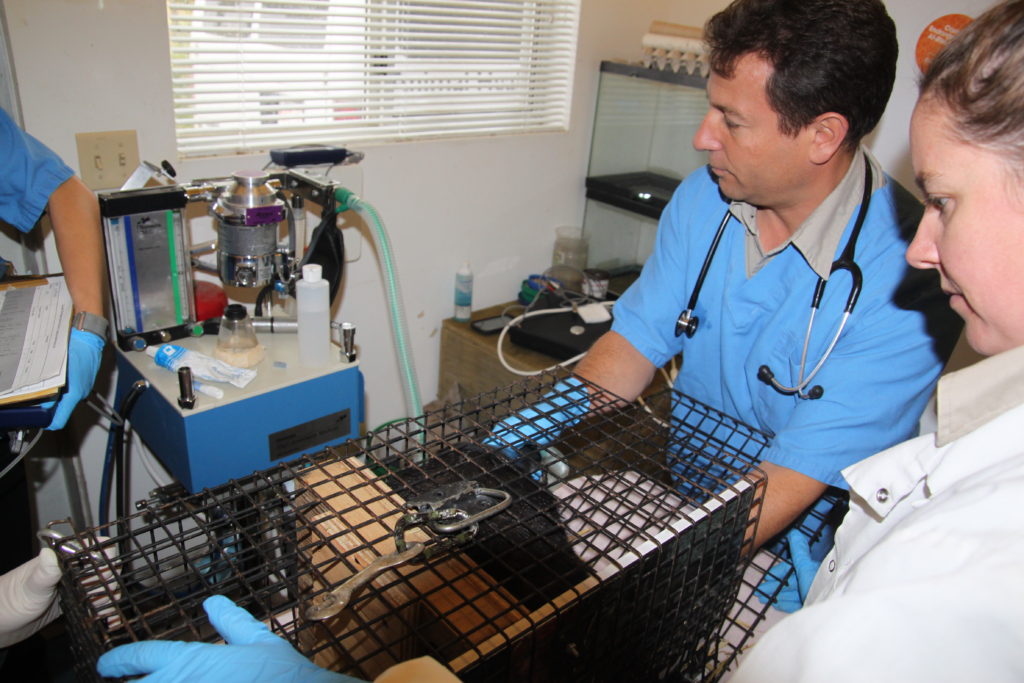
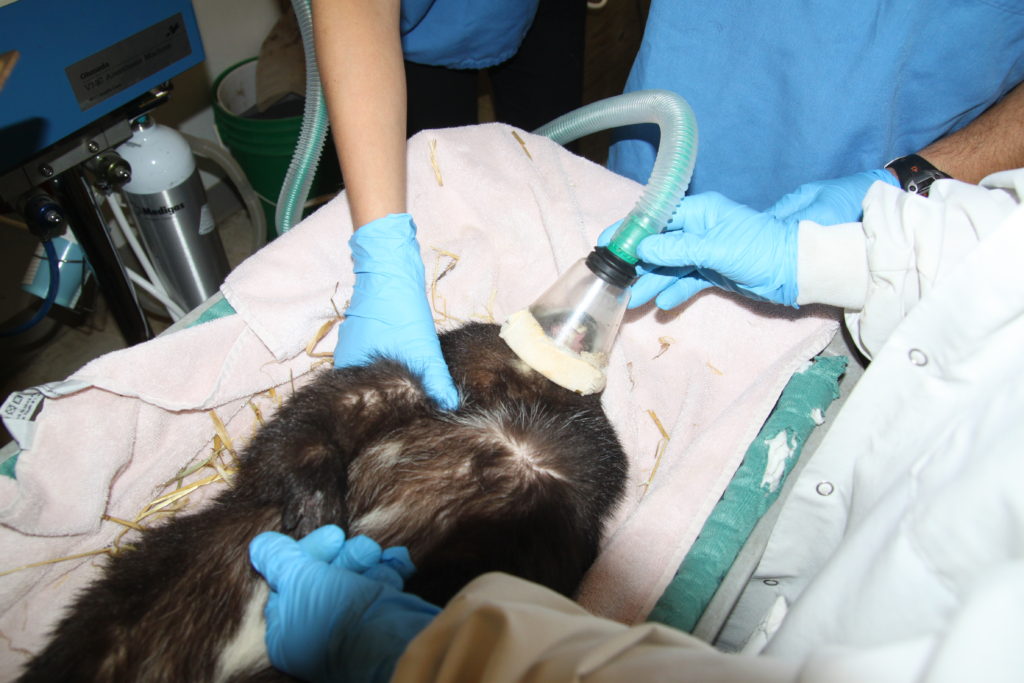
The marmot is then anesthetized for the duration of the exam, in order to prevent any injuries to the marmot — or any missing fingers. It is then removed from the transport carrier and placed on the examination table.
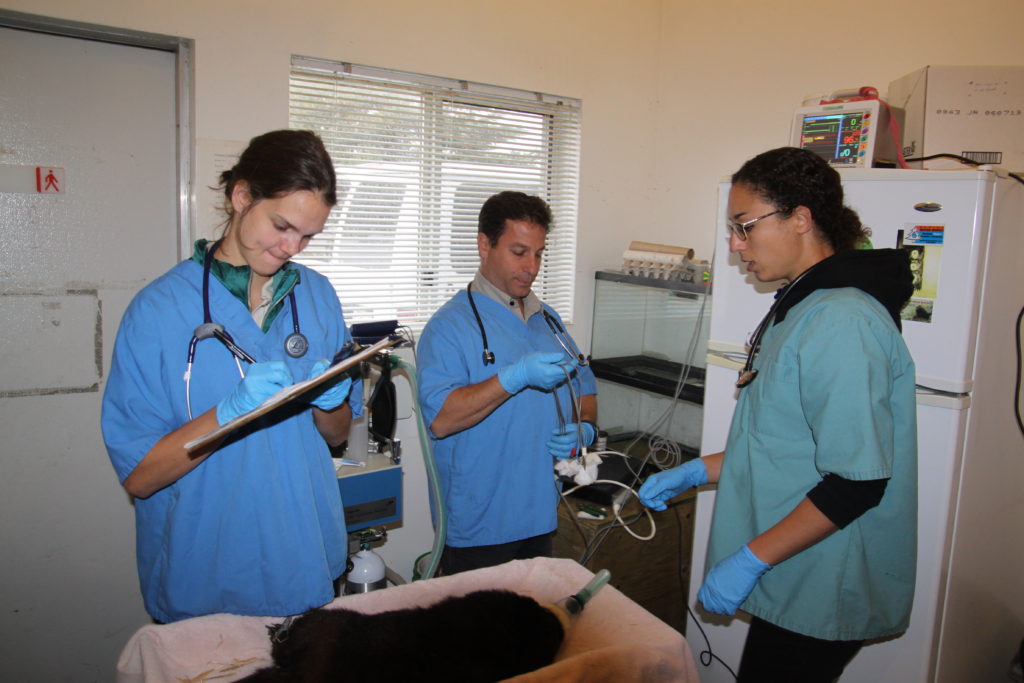
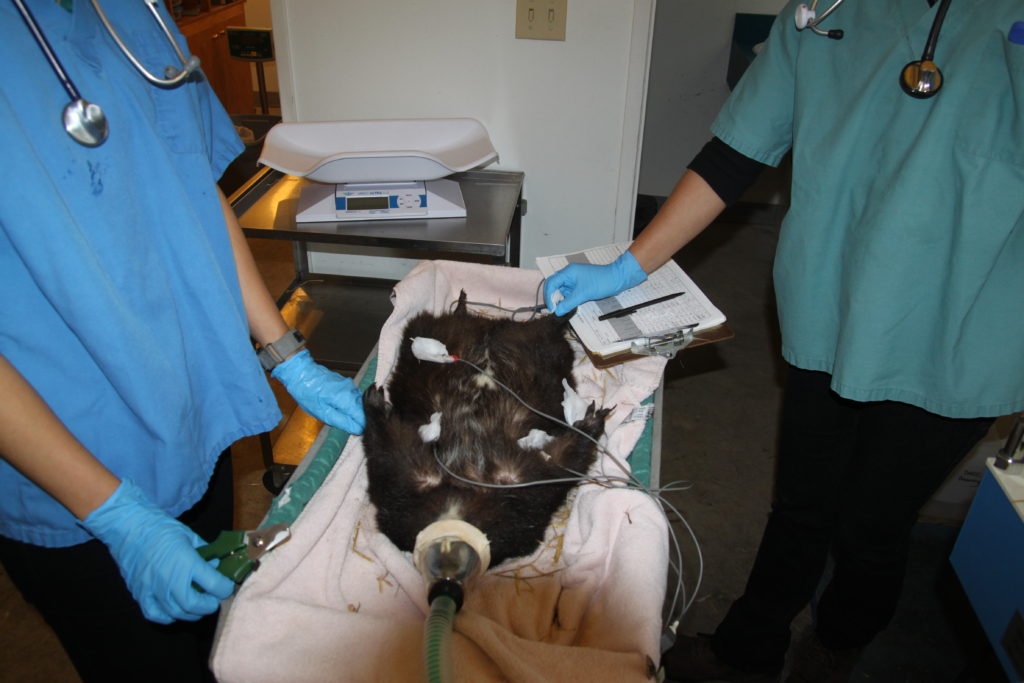
A thorough physical exam is then conducted on the marmot. This involves checking for parasites, monitoring vitals, taking blood samples and conducting an ultrasound. With so few Vancouver Island marmots left, it is important to keep every individual as healthy as possible.
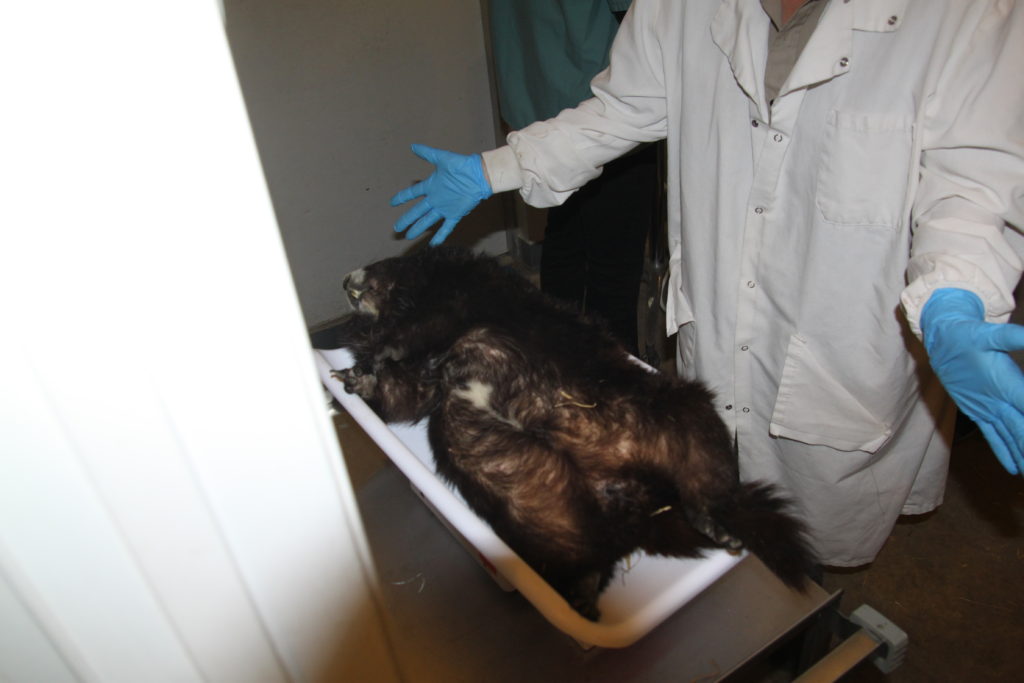
The marmot is then weighed to ensure it will be able to safely make it through the hibernation. During this period the marmots rely on stored fat to survive, so the bigger the individual the better. Thankfully, Feist passed with flying colours — she is one of the bigger females at the Devonian Wildlife Conservation Centre.
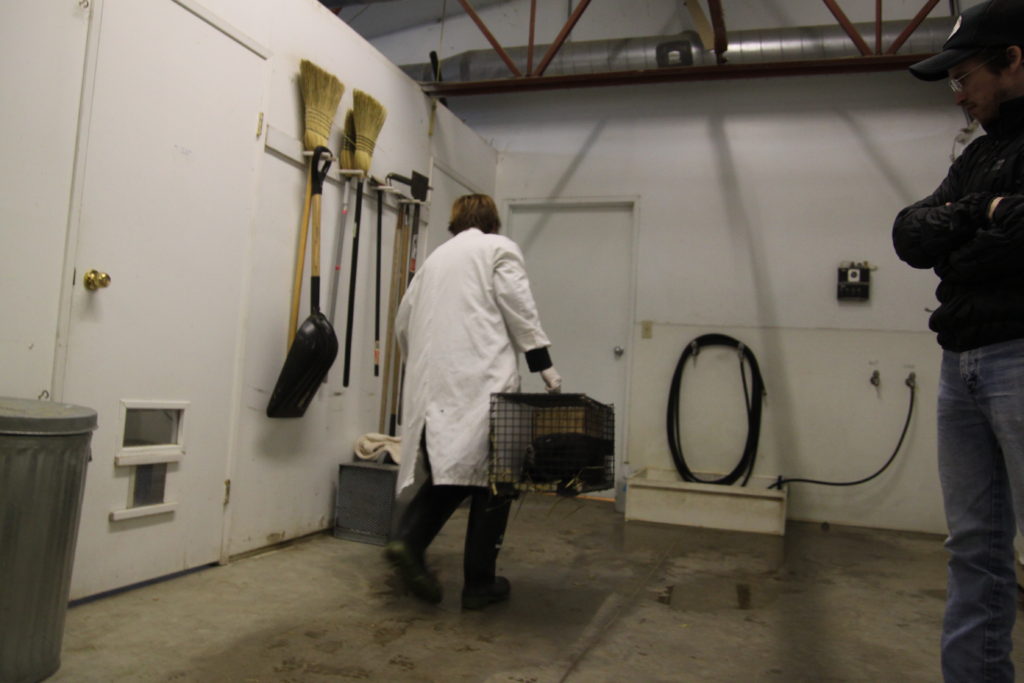
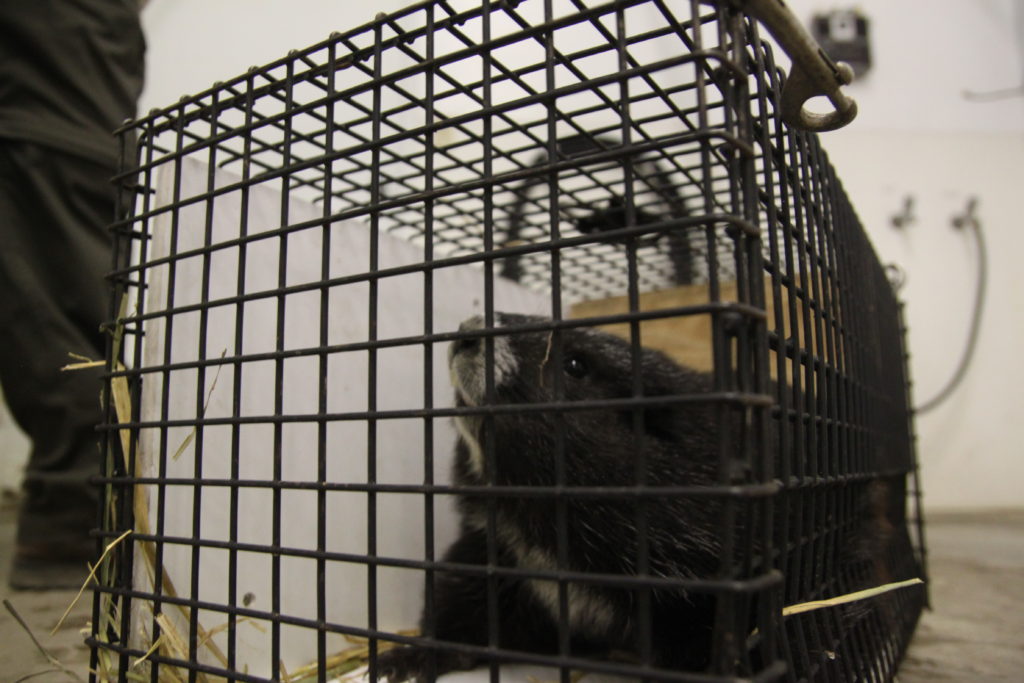
The marmot is then moved to another carrier to wake up safely before being moved back to its enclosure. The process then immediately starts again with the next marmot. This is Santana, another Vancouver Island marmot named after a famous guitarist, shown here waiting for his exam in his carrier.
Up to five days of non-stop work is needed to check on every marmot’s health at the DWCC. But after this is done, the marmots can be left almost completely undisturbed until they awaken in the spring, ready to rear the next generation of this enigmatic, endangered species.
